Know your salts
TABLE SALT
Table salt is the most commonly used salt -it comes from salt deposits found underground. It’s highly refined and finely ground, with impurities and trace minerals removed.
Table salt is usually 97 to 99 percent sodium chloride and is also treated with an anti-caking agent to prevent clumping.
Most table salt is iodized, meaning iodine, an essential nutrient, has been added to prevent iodine deficiency. That’s why the packages of many unrefined kinds of salt say “not a source of iodide.”
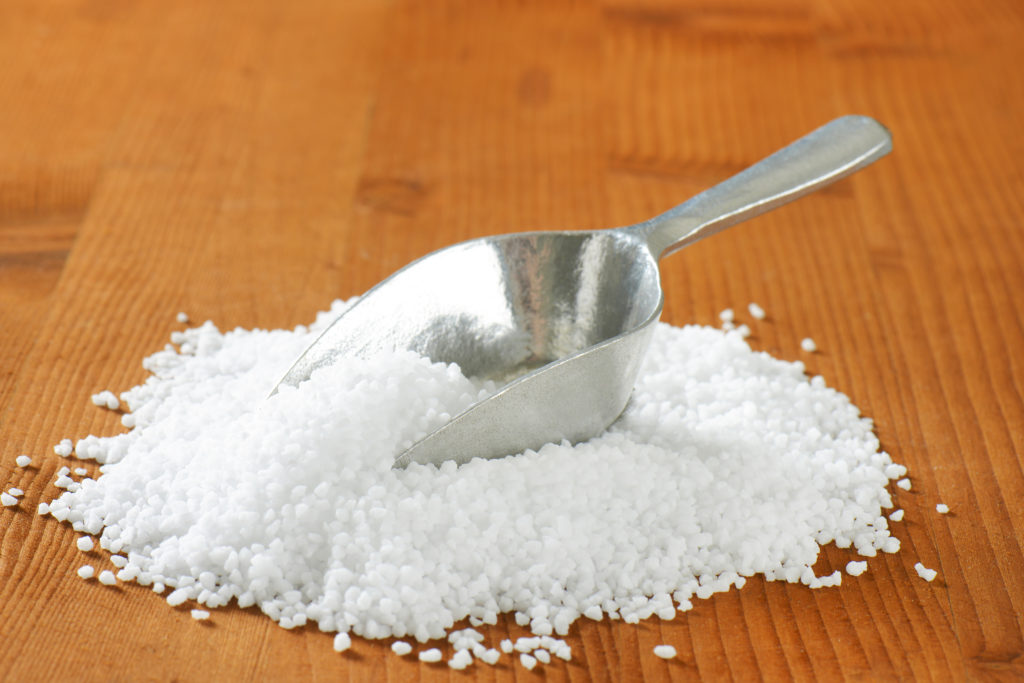
KOSHER SALT
Kosher salt, in the U.S. is a refined salt with larger crystals than normal table salt. And no additives including iodine and rarely any anti-caking agents.
Its large grain size makes it perfect for the seasoning of meat, where it releases a surprising blast of flavor. Kosher salt also dissolves quickly, making it a perfect all-purpose cooking salt.
Despite its name, only some brands are actually certified by a hechsher as having met the kosher requirements. The name is actually due to the fact that this type of large-crystal salt. Used in making meats kosher (another name for it is “koshering salt”)
SEA SALT
Sea salt comes straight from sea water. Harvested from evaporated sea water, sea salt is usually unrefined and coarser-grained than table salt. Depending on the area the water is coming from. Its particular mineral content and the method used to evaporate, sea salts can vary quite a bit. It also contains some of the minerals from where it was harvested – zinc, potassium and iron among them. Which give sea salt a more complex flavor profile.
“Sea salt” is a pretty broad term, as it includes some of the specialty salts described below. Sprinkle it on top of foods for a different texure feel and bigger burst of flavor than table salt.
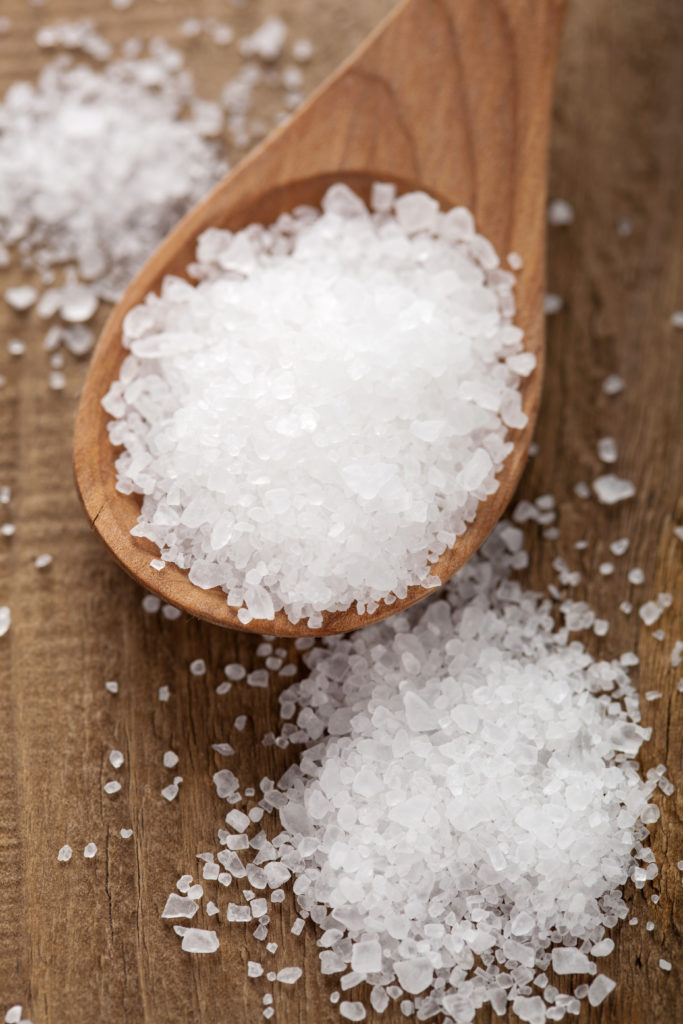
HIMALAYAN PINK SALT
Of the different types of salt, Himalayan salt is the purest form of salt. It is harvested by hand from Khewra Salt Mine in the Himalayan Mountains of Pakistan.
The lesser-known Bolivian version is mined from the Andes mountains. Its color ranges from off-white to deep pink. While the salt’s pink color comes from trace amounts of iron oxide. The salt is predominantly sodium chloride. In the same chemical general range as basic table salt.
Rich in minerals – it contains the 84 natural minerals and elements found in the human body. Himalayan salt is used in spa treatments, as well as in the kitchen.
Its mineral content gives it a bolder flavor than many other salts. So use it as a cooking and finishing salt. Salt slabs are used for cooking and serving (Himalayan salt retains temperature for hours). Unfinished pieces even appear in shops as lamps.
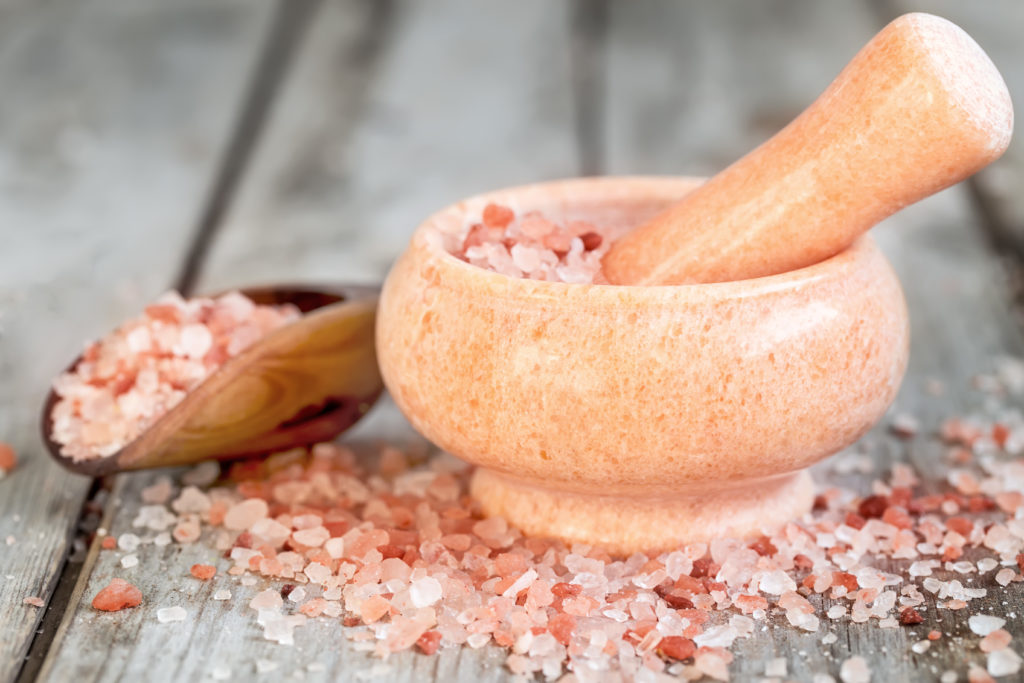
BLACK HAWAIIAN SALT
Also known as black lava salt, black Hawaiian salt is a sea salt harvested from the volcanic islands of Hawaii. It gets its deep, black color from the addition of activated charcoal.
This salt is made from sea water that evaporates in pools situated on hardened lava flows. The crystals are then mixed with activated coconut charcoal. Coarse-grained and crunchy, black Hawaiian salt is great for finishing pork and seafood.
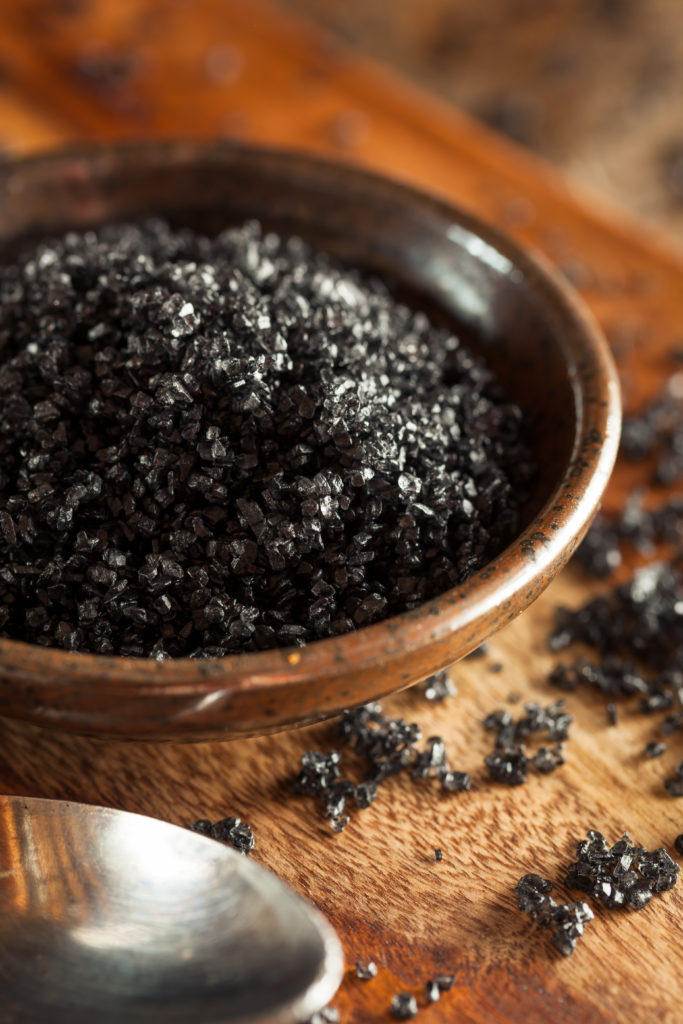
RED HAWAIIAN SALT
Red Hawaiian salt, also called alaea salt, is an unrefined salt. It gets its name and color from the reddish, iron-rich volcanic clay alaea. It’s used in a lot of native Hawaiian dishes and historically has been used in religious ceremonies.
It can add a flash of color as a finishing salt and is also a good choice for those watching their salt intake. Since it has lower sodium content than normal table salt.

This salt is also great in the kitchen, adding an attractive finish and robust flavor to seafood and meat. As well as traditional island dishes like poke and pipikaula, a Hawaiian jerky.
FLAKE SALT
Harvested from salt water through evaporation, boiling or other means. Flake salt is thin and irregularly shaped with a bright, salty taste and very low mineral content.
This particular shape means that this crunchy flake salt dissolves quickly, resulting in a “pop” of flavor. Used best as a finishing salt, especially on meats.


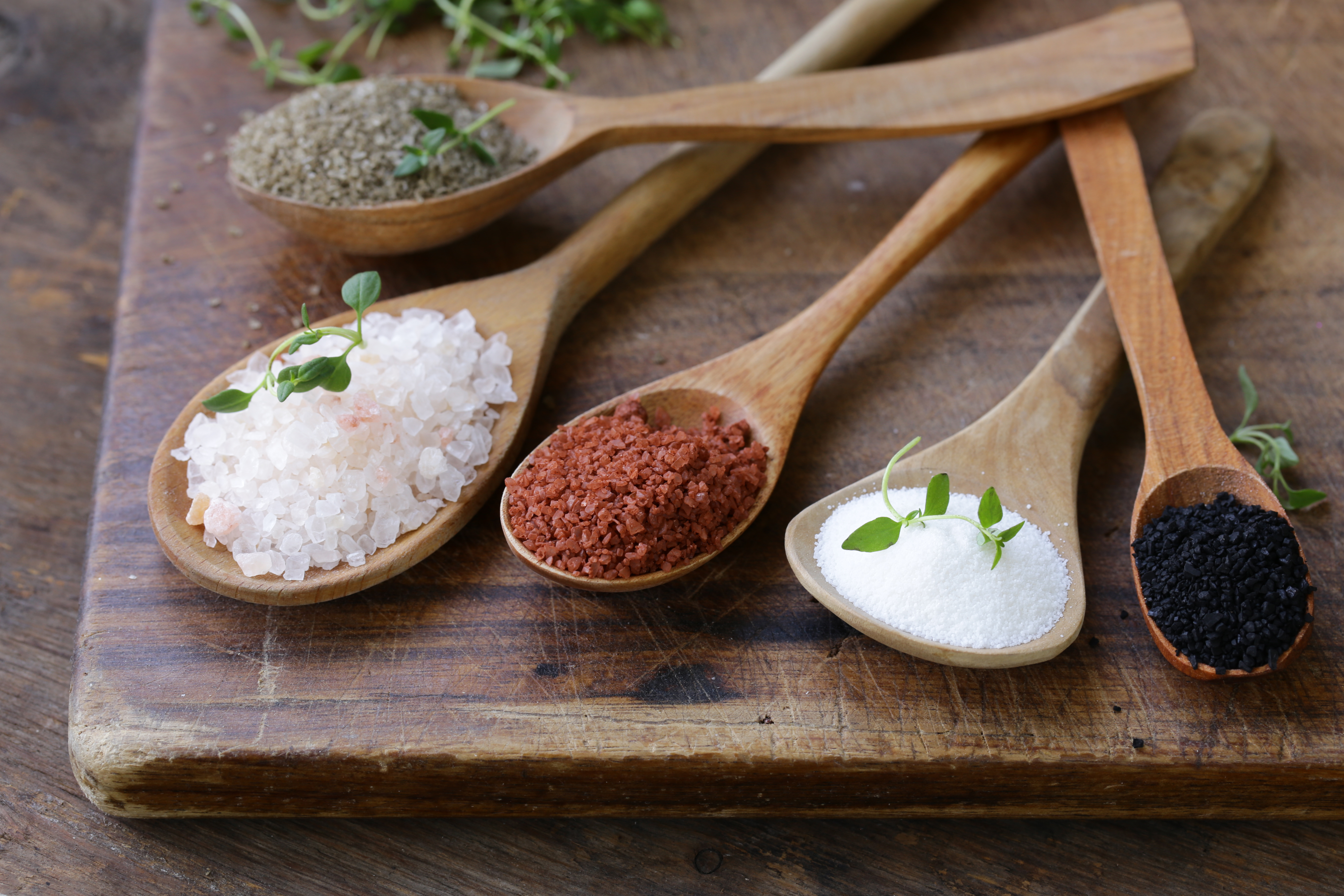
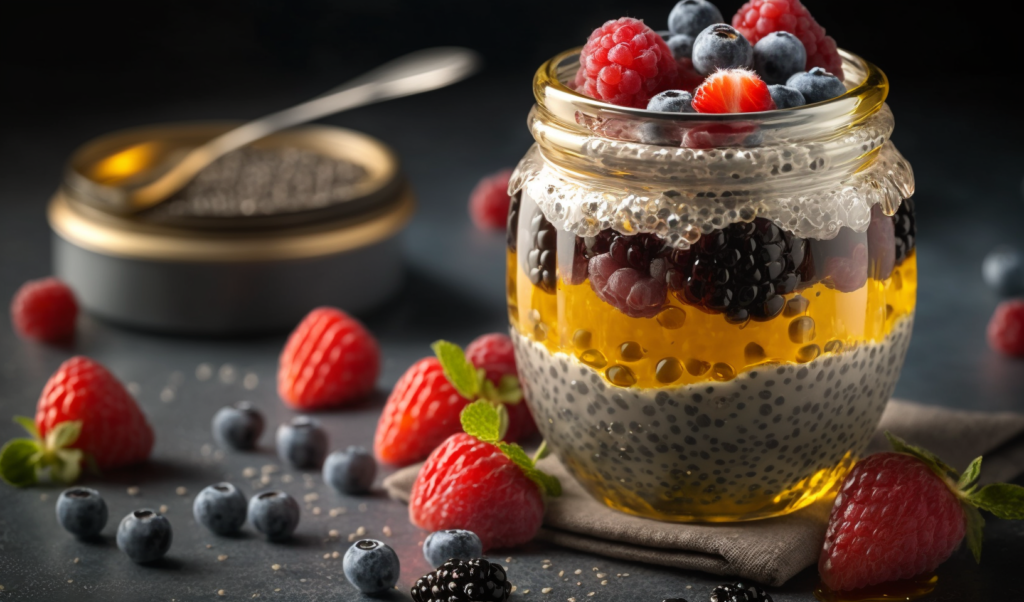

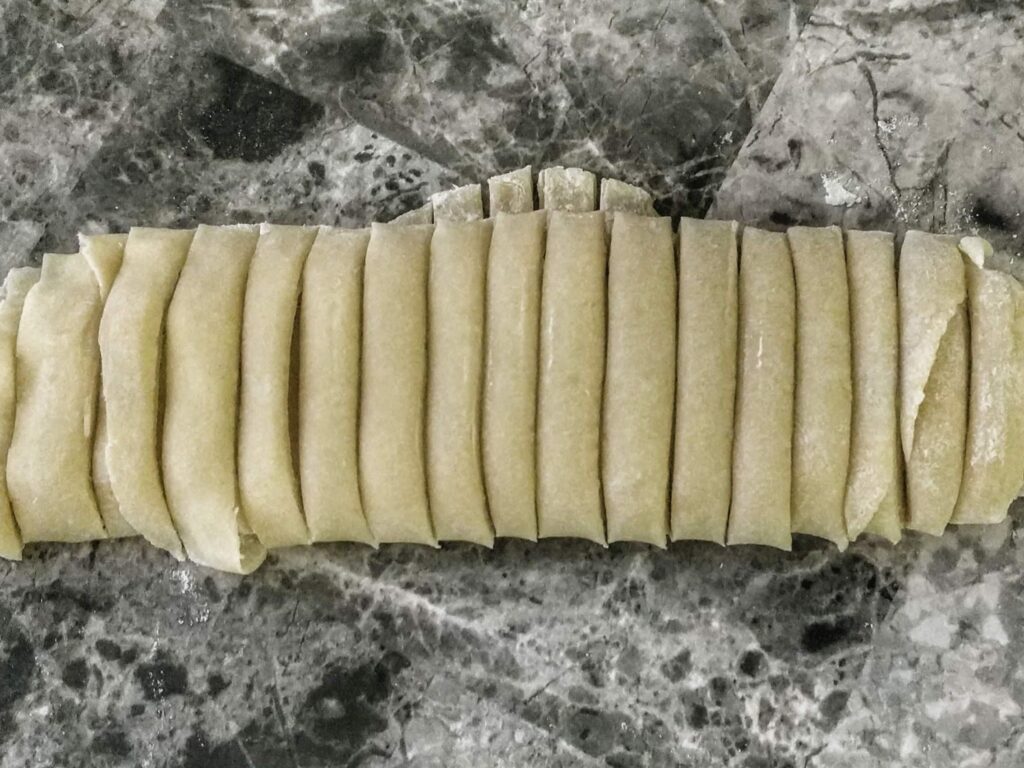

love K-pop ! https://blackjack88.pro
We are a bunch of volunteers and starting a new scheme in our community. Your website provided us with valuable info to paintings on. You’ve done an impressive job and our whole community will be grateful to you.
You made some clear points there. I looked on the internet for the issue and found most people will go along with with your site.